The Big Five is a term coined by big-game hunters to describe the five most difficult animals in Africa to hunt on foot, although it’s now widely used by tourist/wildlife guides as well. Comprised of the African lion, African elephant, Cape buffalo, African leopard, and the Rhinoceros, all members can only be found in certain countries (Botswana, Zambia, Uganda, Namibia, Ethiopia, South Africa, Kenya, Tanzania, Zimbabwe, Democratic Republic of the Congo, and Malawi).
Animals on coins have always been immensely popular, and the more impressive the animal, the better. The Big Five have appeared on coins before the series we’re looking at here, but these are fine examples of the genre. First appearing in 2013 with Big Five Rhino, there were originally both gold and silver sets, but for some reason the silver coins have never appeared again. It’s a strange decision given how superb the gilded rhino set was, but we guess sales didn’t lived up to expectations so it is no more.
The gold has continued, although in a slightly haphazard way. Prior to this 2016 set, the coins were issued for the Democratic Republic of Congo; now they’re issued for Cameroon. In 2013 there was a four-coin set comprised of 1, ½, ¼, and 1/10 oz coins, as well as an individually sold 5oz gold coin with a sub-100 mintage. There doesn’t appear to have been a release in 2014, but all were back in 2015 with the Big Five Lion range, along with a minigold 0.5g version. That’s also been the case with the 2016 Big Five Buffalo range.
Each of the coins in the four-piece set has different artwork on it, the big 5 oz and tiny 0.5g taking the design of the 1 oz and 1/10 oz coins respectively. The designs on all are excellent, a lot of thought having gone into the inscription and the background to make the set cohesive. Packaging is a lined wooden box, except for the minigold. All are available to order now from dealers like EMK in Germany, and APMEX in the US.
FIVE OUNCE AND HALF-GRAM
FOUR COIN SET
AFRICAN CAPE BUFFALO
The African buffalo or Cape buffalo (Syncerus caffer) is a large and very robust species of African bovine. Its shoulder height can range from 1 to 1.7 m and its head-and-body length can range from 1.7 to 3.4 m. Weight can vary from 500 to 900 kg (1,100 to 2,000 lb), with males normally larger than females. Its head is carried low; its top is located below the backline. The front hooves of the buffalo are wider than the rear, which is associated with the need to support the weight of the front part of the body, which is heavier and more powerful than the back.
Savannah-type buffaloes have black or dark brown coats with age. Old bulls have whitish circles around their eyes. Females tend to have more-reddish coats. Forest-type buffaloes are reddish brown in colour with horns that curve back and slightly up. Calves of both types have red coats.
The adult buffalo’s horns are its characteristic feature; they have fused bases, forming a continuous bone shield referred to as a “boss”. It is widely regarded as a very dangerous animal, as it gores and kills over 200 people every year. The African buffalo is not an ancestor of domestic cattle and is only distantly related to other larger bovines. Owing to its unpredictable nature, which makes it highly dangerous to humans, the African buffalo has never been domesticated unlike its Asian counterpart, the water buffalo.
Other than humans, African Cape buffaloes have few predators and are capable of defending themselves against (and killing) lions. Lions do kill and eat buffalo regularly, and in some regions, the buffaloes are the lions’ primary prey, but it typically takes several lions to bring down a single adult buffalo, usually the entire pride joins the hunt. The average sized crocodile will typically attack only old solitary animals and young calves, though they can kill healthy adults. The Nile crocodile is the only animal that typically takes down adult buffalo alone, as pride attack is the preferred method of lions when taking down such large prey.
The African buffalo is one of the most successful grazers in Africa. It lives in swamps and floodplains, as well as mopane grasslands and forests of the major mountains of Africa. This buffalo prefers habitat with dense cover, such as reeds and thickets, but can also be found in open woodland. While not particularly demanding with regard to habitat, they require water daily, so depend on perennial sources of water. (Source: Wikipedia)
OBVERSE SIDES
PREVIOUS SETS
The series first debuted back in 2013 with the Rhino. Since then the release schedule has been a little disjointed, with it looking like there was no 2014 set. The silver set didn’t make it past the debut year, a huge disappointment as the 2013 Rhino gilded set was really well done.
2013 RHINO: 4-coin set and a seperate 5 oz coin (Democratic Republic of Congo)
2014 No release that we can determine
2015 LION: 4-coin set, a 0.5 g minigold coin. and a 5 oz coin (Democratic Republic of Congo)
2016 BUFFALO: 4-coin set, a 0.5 g minigold coin. and a 5 oz coin (Cameroon)
SPECIFICATION
| DENOMINATION | COMPOSITION | WEIGHT | DIAMETER | FINISH | MINTAGE | BOX / COA |
|---|---|---|---|---|---|---|
| 10,000 FRANCS CFA | 0.999 GOLD | 155.5 g | 65.0 mm | PROOF | 50 | YES / YES |
| 5,000 FRANCS CFA | 0.999 GOLD | 31.1 g | 38.61 mm | PROOF | 300 | YES / YES |
| 2,000 FRANCS CFA | 0.999 GOLD | 15.55 g | 32.95 mm | PROOF | 300 | YES / YES |
| 1,000 FRANCS CFA | 0.999 GOLD | 7.78 g | 25.95 mm | PROOF | 300 | YES / YES |
| 500 FRANCS CFA | 0.999 GOLD | 3.11 g | 20.6 mm | PROOF | 300 | YES / YES |
| 100 FRANCS CFA | 0.999 GOLD | 0.5 g | 11.0 mm | PROOF | 5,000 | YES / YES |



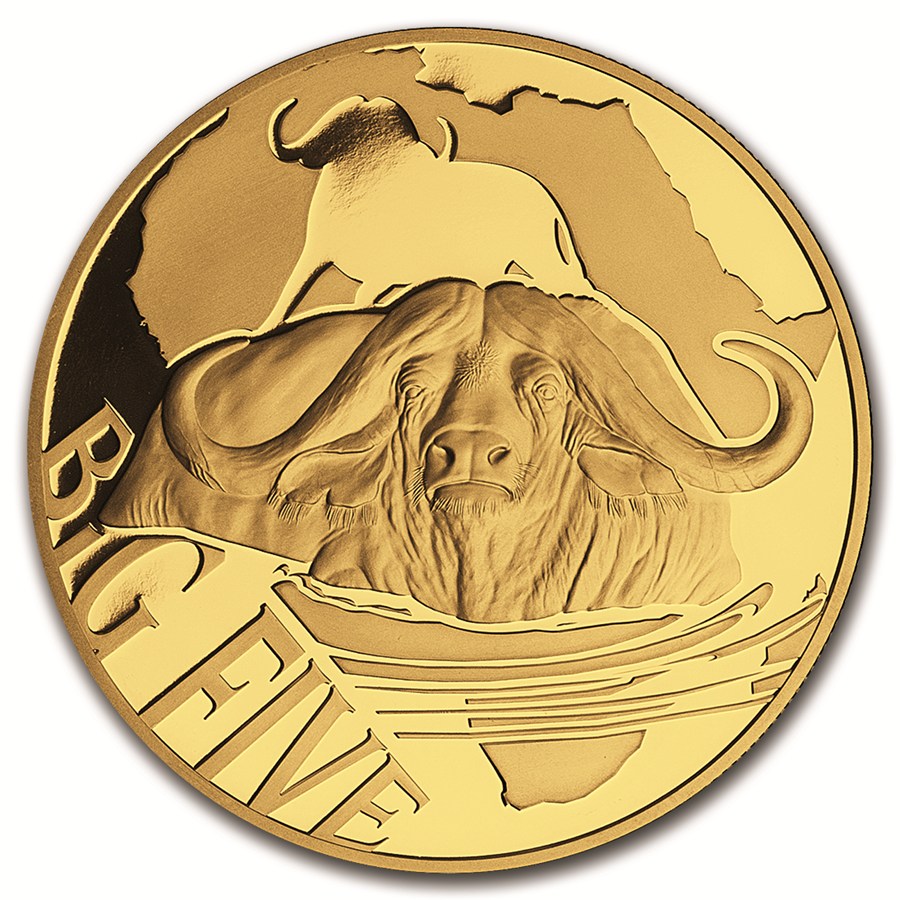
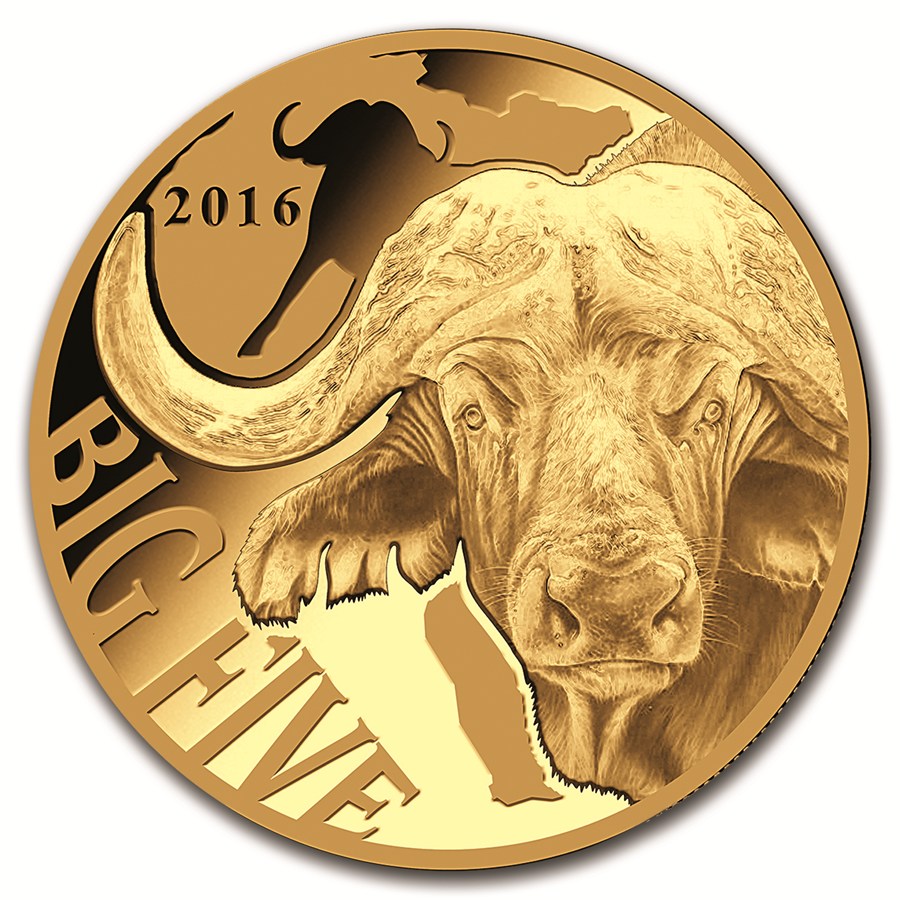

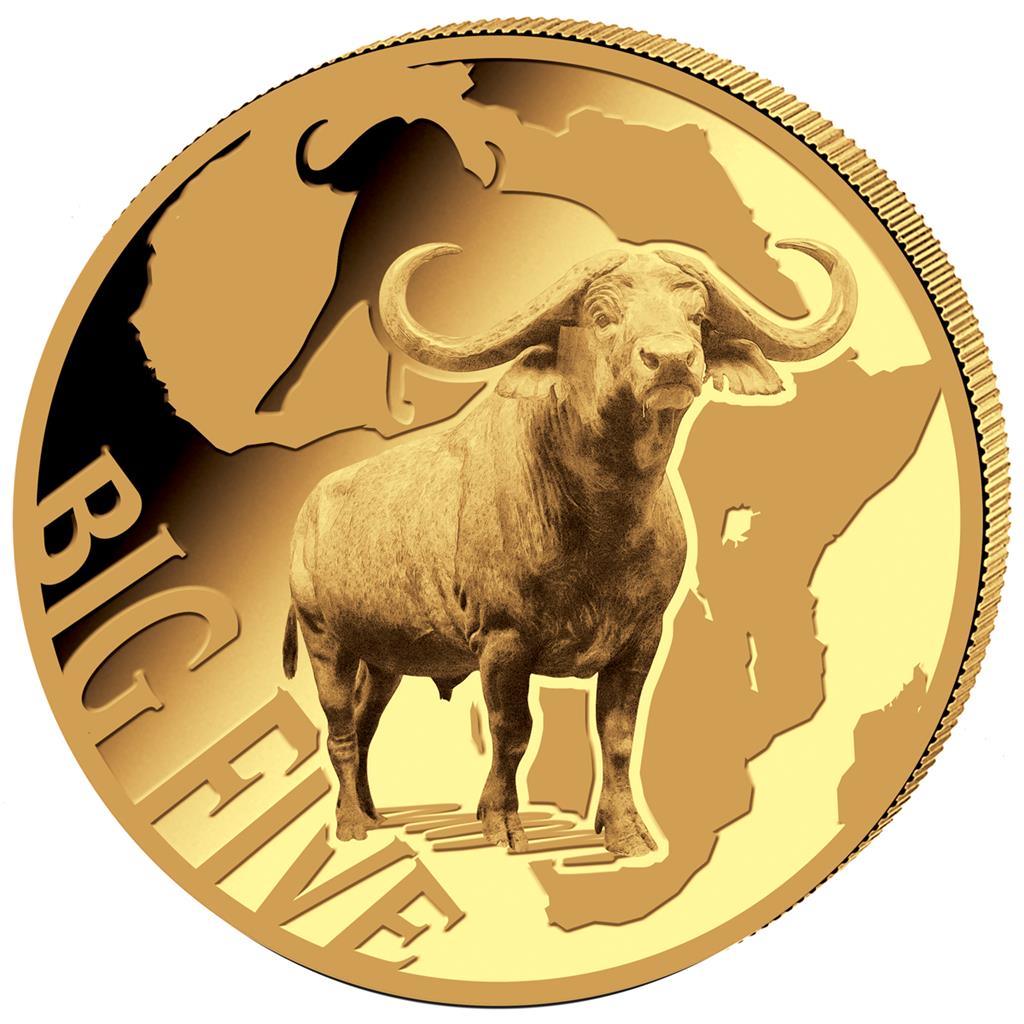

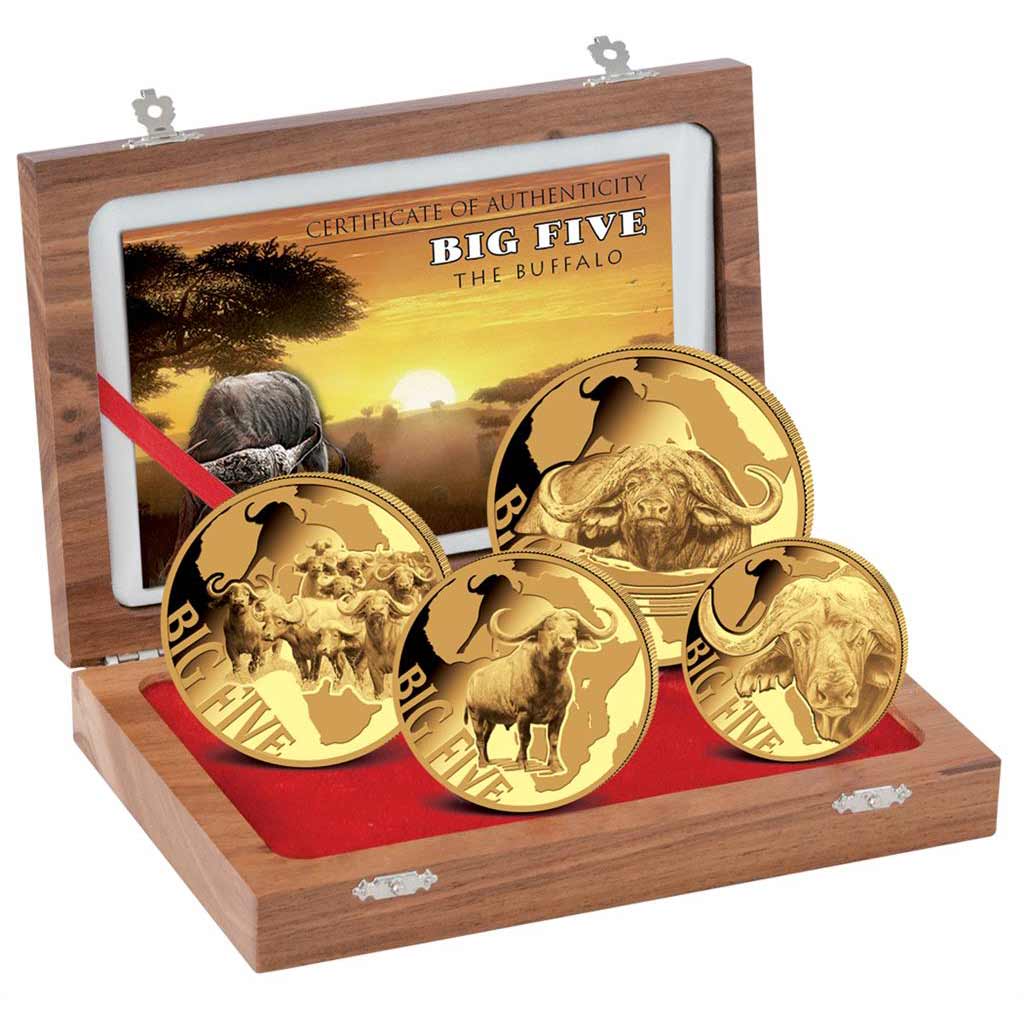


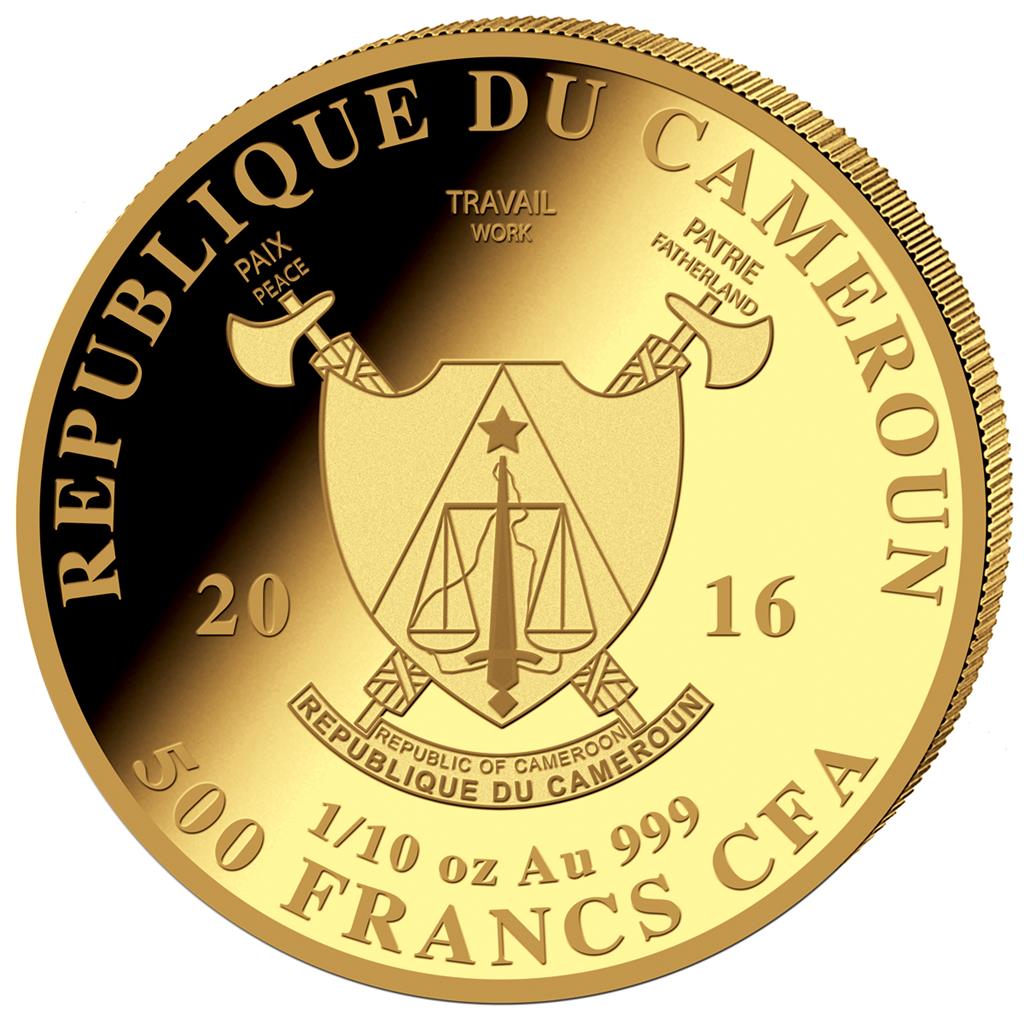
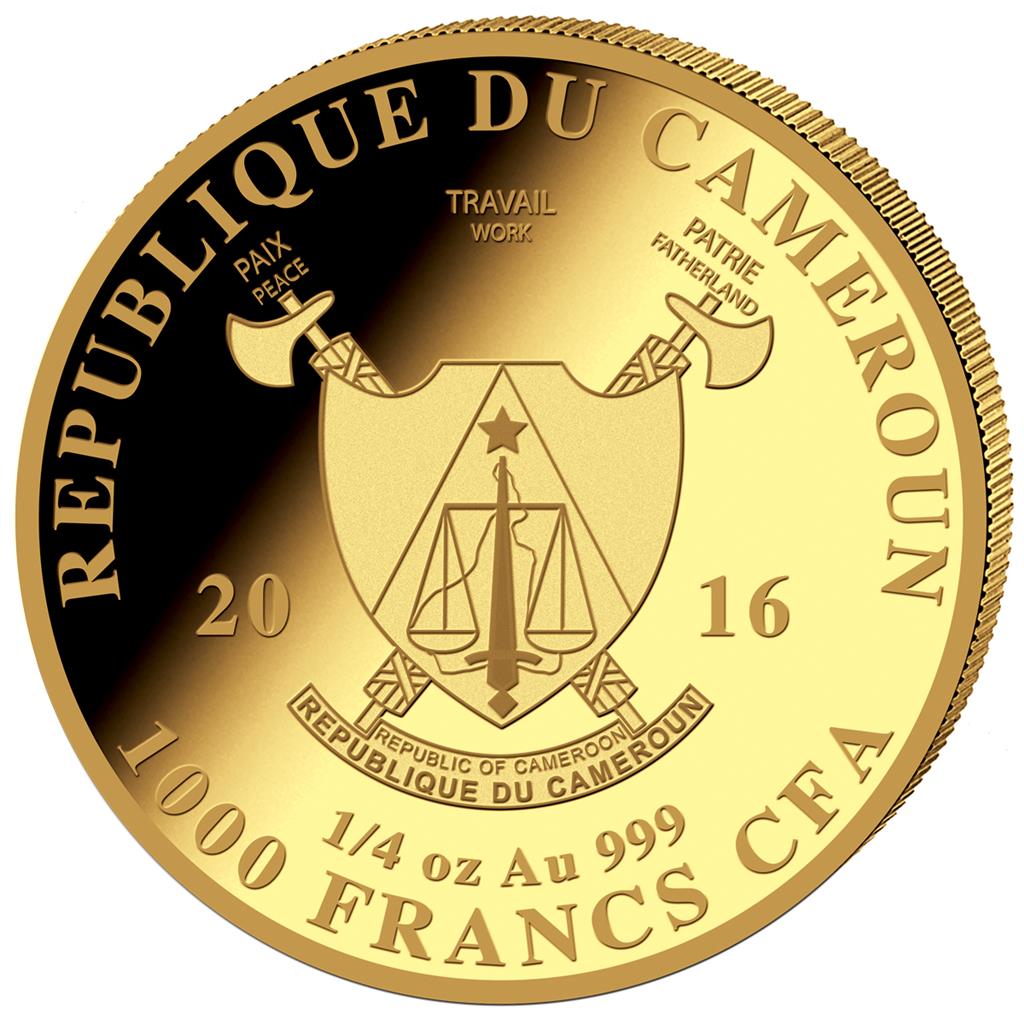
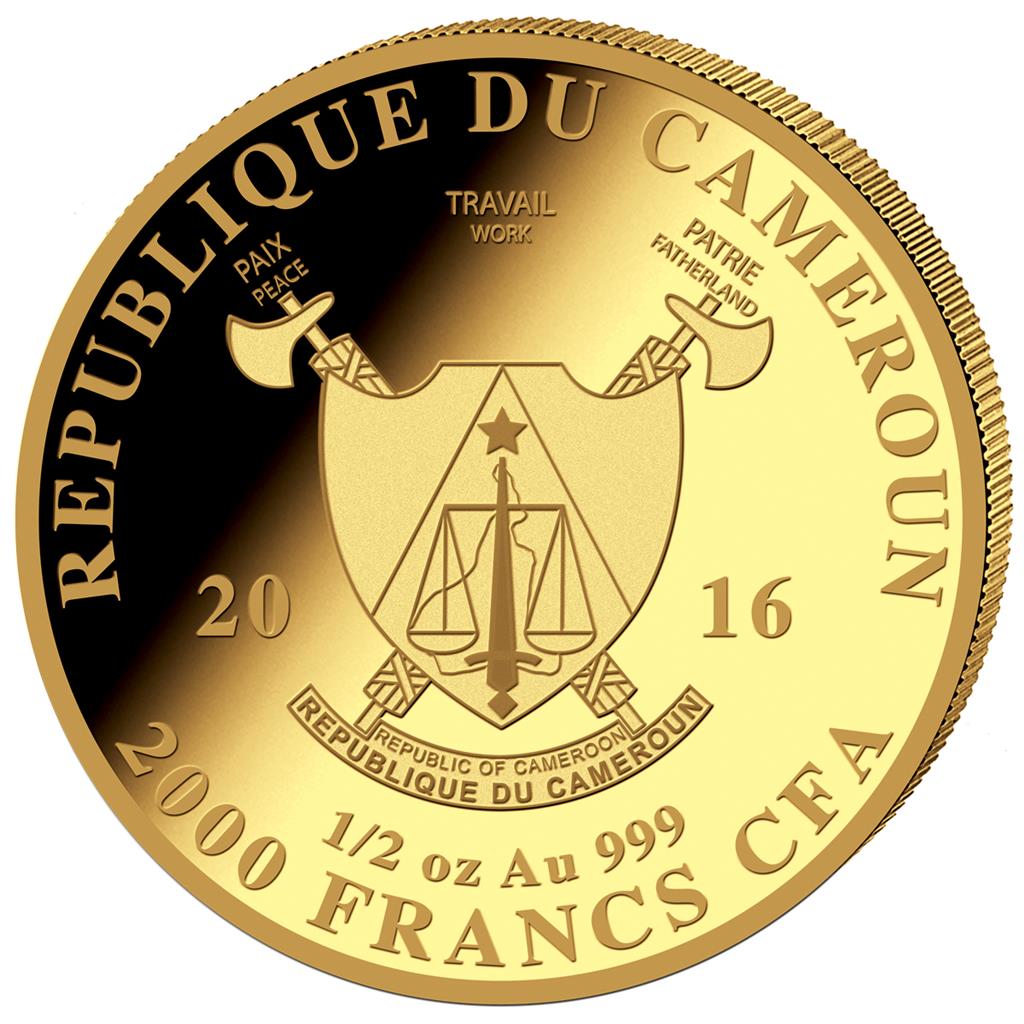
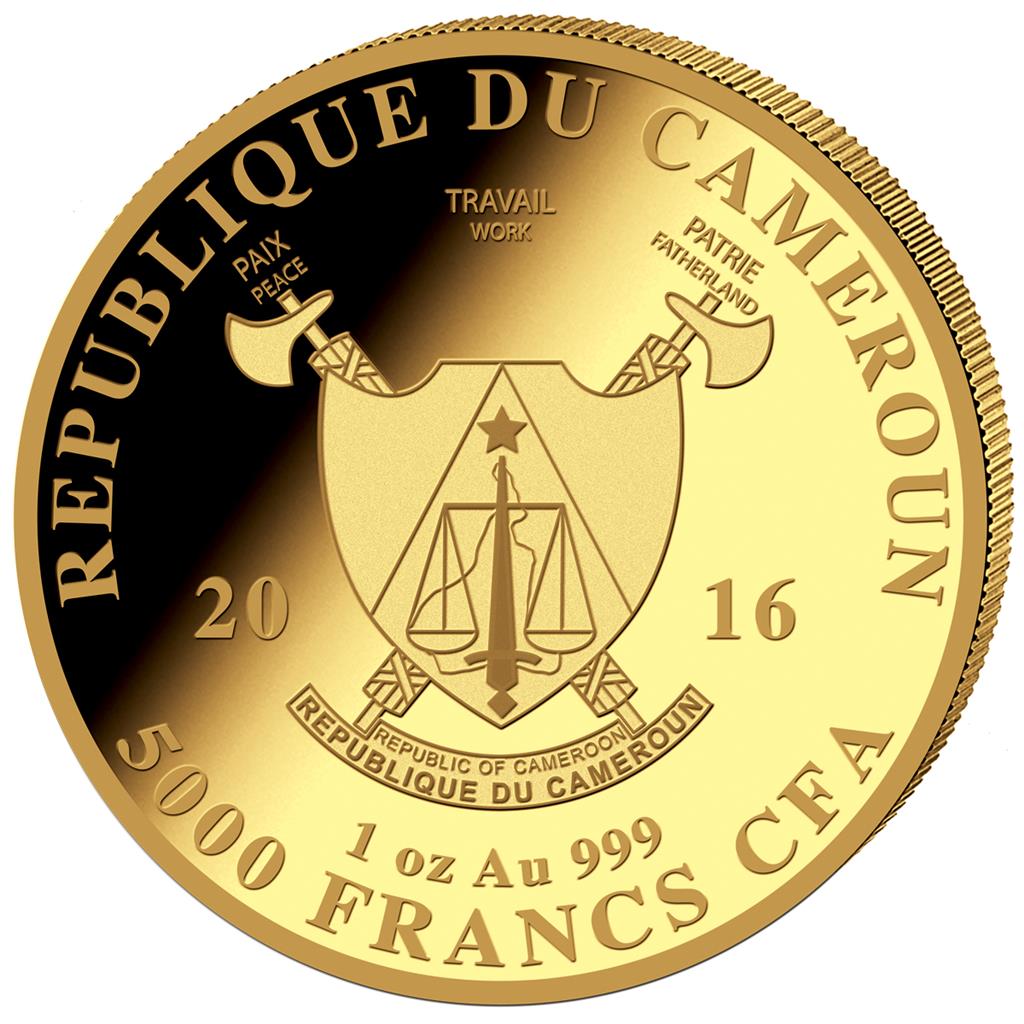





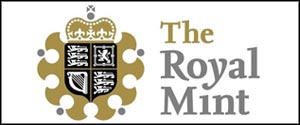

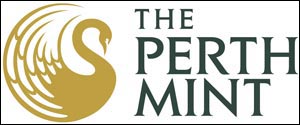
The reserve has many species, including the five largest.
Mto Wa Mbu which suggests commune mosquito creek is simply close to the
park wherever most visitors put a stop to to get designs and carvings in the sizable curio industry.
Every year thousands of animals migrate to greener
pastures this hunting ground. A male with five to six female following
each other in lines, normally the senior female behind the male.
These animals are extremely dangerous and have huge tusks behind their large size.